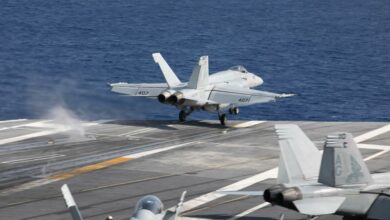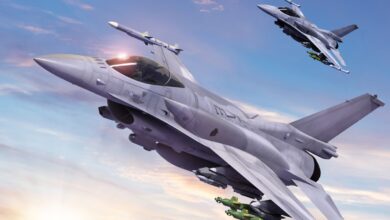The US military is considering ramping up procurement of long-range missiles from next year, seeking to double the combined annual acquisition of the Long-Range Anti-Ship Missile (LRASM) and the Joint Air to Surface Standoff Missile (JASSM) from 500 to 1,000.
In addition, the US Navy is mulling increasing the yearly procurement of Tomahawk cruise missiles sixfold.
LRASM business development lead at Lockheed Martin Dominic DeScisciolo confirmed the development.
“Over the course of the multi-year we will double production from where we are today, which is a little over 500 combined LRASM and JASSM, to well over a thousand combined LRASM and JASSM,” told Naval News.

Second Production Line
Lockheed has opened a second production line to meet the missiles’ increased demand, incorporating increased automation and other improvements over the original facility.
“We were able to quickly bring the production line up to speed in order to meet the orders we’ve committed to our US military partners,” DeScisciolo told Air & Space Forces Magazine.
The LRASM and the JASSM share several common components and are made on the same production line.

Additional Platforms Explored for LRASM
In addition, Lockheed is exploring integrating the LRASM with US military aircraft such as the multi-service F-35 and the navy’s P-8 Poseidon.
The missile is currently outfitted with the US Air Force’s B-1 Lancer bomber and the navy’s F-18.
The company is also exploring using the HIMARS to launch the LRASM that can strike a target 370 kilometers (230 miles) away.

Pentagon’s Pacific Shift
The ramp-up is geared toward the Pentagon’s plan to enhance its ship-killing capacity as part of its shift toward the Pacific.
According to the Air & Space Forces Magazine, wargames confirmed the munitions’ “utility” in countering China’s invasion of Taiwan. However, they also showed the missiles’ fast depletion during the conflict.
“I think one of the most glaring gaps in our portfolio is anti-ship weapons, especially air-launched ones, and LRASMs are particularly important since it gives you the ability to attack from standoff,” the director of the defense program at the Center for a New American Security Stacie Pettyjohn told the outlet.
“For several decades, we got out of the ship-killing business,” Pettyjohn added.
“You actually do have to invest resources in it.”












